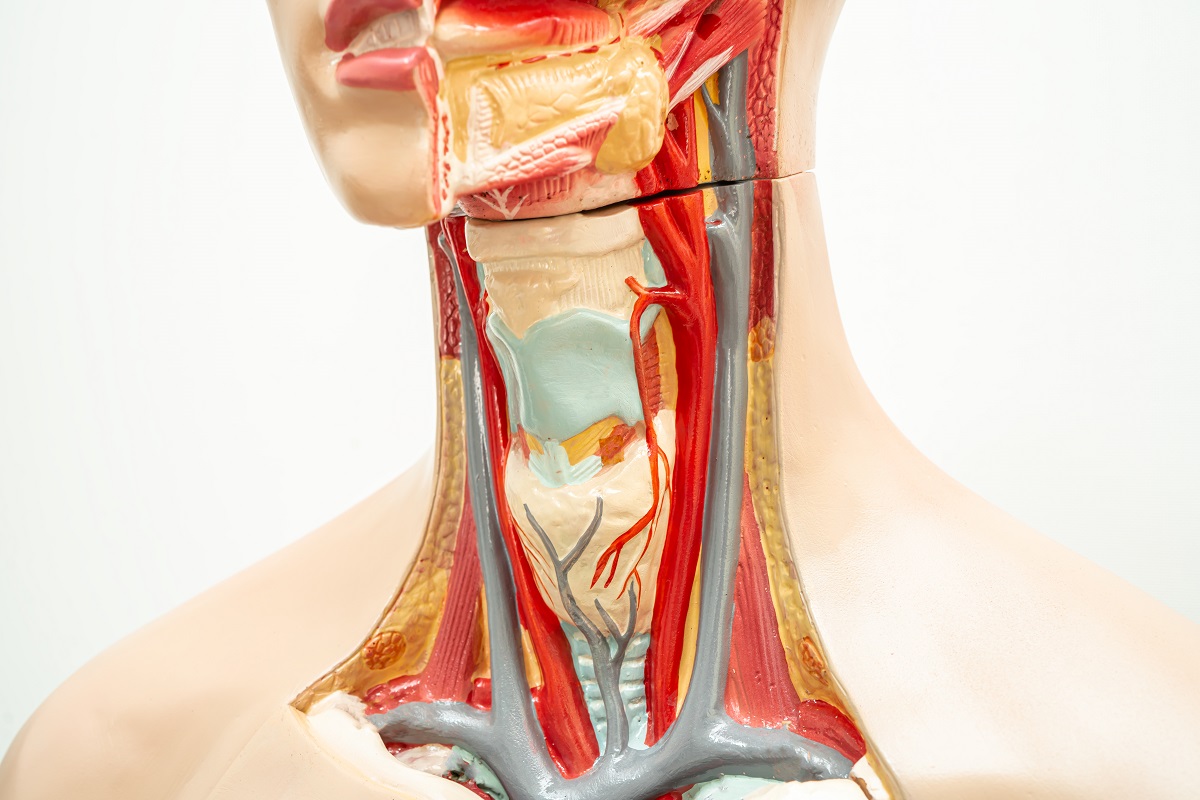A health condition in which the esophagus tissue (the lining of the esophagus) becomes ticker and red or very similar to intestine tissue is called Barrett’s Esophagus. Healthcare providers think this condition occurs due to acid reflux. The esophagus is a tubular organ that carries food from the mouth to the stomach and is part of the digestive system.
Additionally, between the stomach and esophagus, there is a valve (known as esophageal sphincter or LES) that prevents acid reflux. However, this valve interrupts working properly over time, which leads acid to flow back into the esophagus causing damage. As a result, people may experience gastroesophageal reflux disease (GERD).
Barrett’s disease usually occurs when people experience severe GERD symptoms because the acid reflux provokes damage to the esophagus tissue.
Who is More Prone to Develop Barrett’s Disease?
There are many people who do not develop this esophagus condition despite acid reflux. It commonly occurs when acid reflux occurs frequently in short periods. In addition, approximately 30 million people in the U.S. have GERD. This esophagus disease occurs in roughly 5% of them. In other words, those who suffer from long-term GERD are more likely to develop Barrett’s disease.
Symptoms
Most people with Barrett’s disease usually do not experience any symptoms. However, some people may notice symptoms similar to GERD symptoms. For example:
- Chest pain
- Heartburn that occurs frequently
- Swallowing problems
- A burning feeling in the throat
- Bloody poop
- Cough
- Nausea
- Laryngitis
In case you experience any of the previous symptoms, it is advised to see a physician.
Risk Factors
Generally, it is a quite rare condition but certain factors can elevate your risk of getting the disease. The main risk factor is acid reflux caused by GERD. Check below other risk factors:
- Obesity
- Smoking
- Family history
- Age (people between 50-60 years old are more likely to develop this condition)
- Long-term GERD
- Your sex (as per studies, males are 3-4 times more likely to develop Barrett’s disease than females)
Consult with your healthcare professional for more details.
Diagnosis
Doctors usually diagnose this condition using upper endoscopy and biopsy because many people with Barrett’s disease do not have any symptoms. Screening is recommended in people with an increased risk of this condition, according to the American Gastroenterological Association.
Endoscopy is a test that involves a thin tube with a camera on the end. It is inserted by a gastroenterologist down the throat. This process is painless but maybe a little uncomfortable. Thereafter, your doctor can see inside the esophagus and check its lining. In case doctors see the patients have abnormal esophagus tissue, they will perform a biopsy. Without this procedure, they cannot diagnose this esophagus disease. The biopsy involves the removal of a small tissue sample, which is tested under a microscope.
Furthermore, people with long-term Barrett’s disease may have cancerous cells in the esophagus tissue.
Treatment
The treatment option your doctor will prescribe depends on the severity of the condition, other existing diseases, whether have you cancerous cells or not, and other factors. The goal of the treatment is to prevent Barrett’s disease development. Check below some treatment options usually prescribed by doctors:
Without Dysplasia
Commonly, physicians need to perform endoscopies every 2-3 years if you are prone to get this disease. They also will prescribe some medicines used in the GERD treatment. For example:
- Pump proton inhibitors (PPIs) – Medicines used to reduce stomach acid production. PPIs also can heal existing and prevent future damage to the esophagus.
- Antacids – This group of medications helps to neutralize stomach acid.
- Histamine 2 (H2) blockers – These help to reduce the release of stomach acid and heal esophagus problems in roughly 50% of people.
- Promotility agents – These drugs help to speed up the movement of food from the stomach to the intestines. Moreover, they are usually prescribed along with antacids.
- Baclofen – It helps to reduce how frequently you experience acid reflux.
- GERD treatment – In case you do not notice any improvements from medicines, your doctor may recommend an anti-reflux surgery. It usually includes hiatal hernia procedures or tightening of the LES.
Low-grade Dysplasia
This is considered an early stage of precancerous changes. In such cases, physicians advise regular appointments with the doctors and suggest ablation therapy. During this procedure, abnormal tissue is removed.
High-grade Dysplasia
People with this dysplasia grade usually experience esophageal cancer. That’s why doctors recommend treatment that involves the removal of damaged esophagus tissue. Examples include:
- Radiofrequency ablation (RFA) – It is one of the most common procedures used in people with high-grade dysplasia. It involves an endoscope that is inserted into the esophagus to kill abnormal or cancerous cells that appear in the Barrett’s tissue.
- Endoscopic mucosal resection (EMR) – During this surgery, the esophagus abnormal tissues are cut off through an endoscope.
- Endoscopic spray cryotherapy – This is a new procedure that helps to kill cancerous cells by applying nitrogen and carbon dioxide to them.
- Photodynamic therapy (PDT) – This surgery involves a laser that destroys cancerous or abnormal cells in the esophagus lining. The patients will receive a medicine known as Photofrin that provokes abnormal or cancerous cells to become light-sensitive. Physicians usually perform Endoscopic mucosal resection along with this surgery.
- Surgery – In case you are diagnosed with esophageal cancer, surgeons will remove the affected part of the esophagus. After that, they will rebuild it from the stomach or large intestines. Additionally, early diagnosis and surgery increase the chances to cure this cancer type.
Home Remedies
Some people experience acid reflux due to some bad habits. Check below some lifestyle changes that could help to prevent and control acid reflux:
- It is recommended to limit or avoid the following foods and drinks because they can worsen acid reflux. These include chocolate, caffeine, spicy and fatty foods, peppermint, and others. Additionally, avoid large meals at one time, you can eat more small meals evenly spaced during the day.
- Try to lose and maintain a healthy weight for you.
- Those who suffer from acid reflux can also sleep with an elevated head because it helps to prevent the acid reflux flow into the esophagus.
- Administer all medications exactly as prescribed by your doctor and will large amounts of water.
Frequently Asked Questions
What are possible Barrett’s disease complications?
Rarely, people with this health condition may experience esophageal adenocarcinoma (esophageal cancer). However, this complication occurs in less than 1% of people with Barrett’s disease).
What foods can help with an inflamed esophagus?
- Beans
- Lentils
- Oats
- Couscous
- Brown rice
- Whole-grain breads and pasta
- Fresh, frozen, and dried fruits
Discuss with your healthcare provider for more details.
What is the primary Barrett’s disease cause?
Long-term exposure of the esophagus to stomach acid is considered the main cause of Barrett’s disease. In case you suspect you have this condition, schedule an appointment with your doctor. If you have any other questions, ask your healthcare provider.




